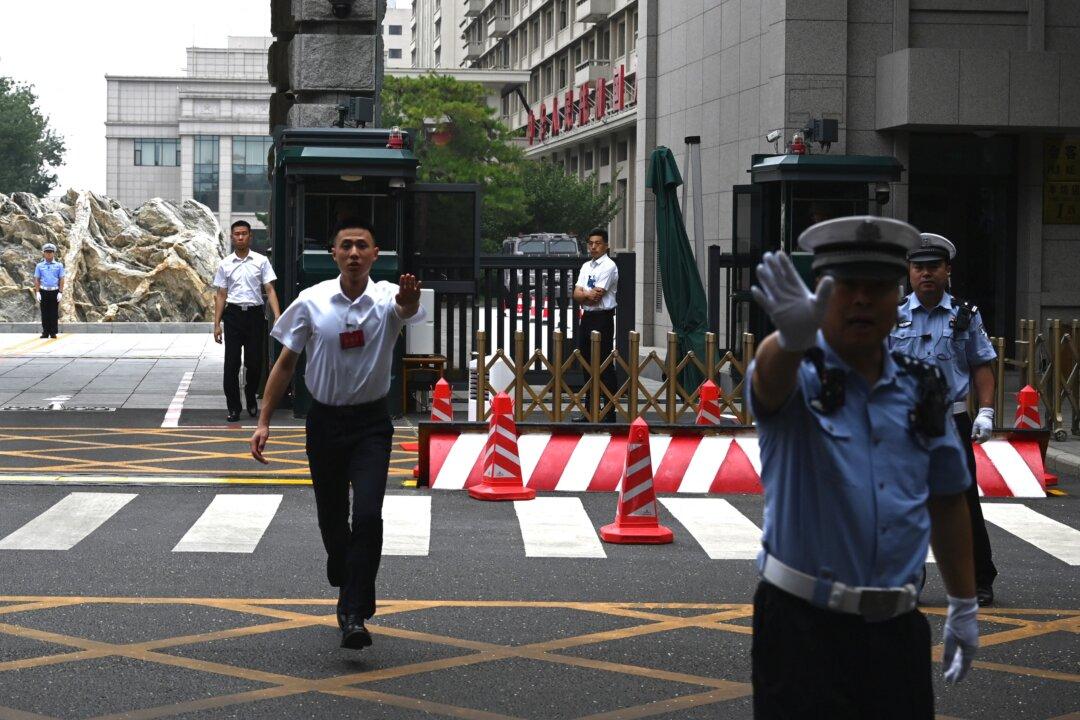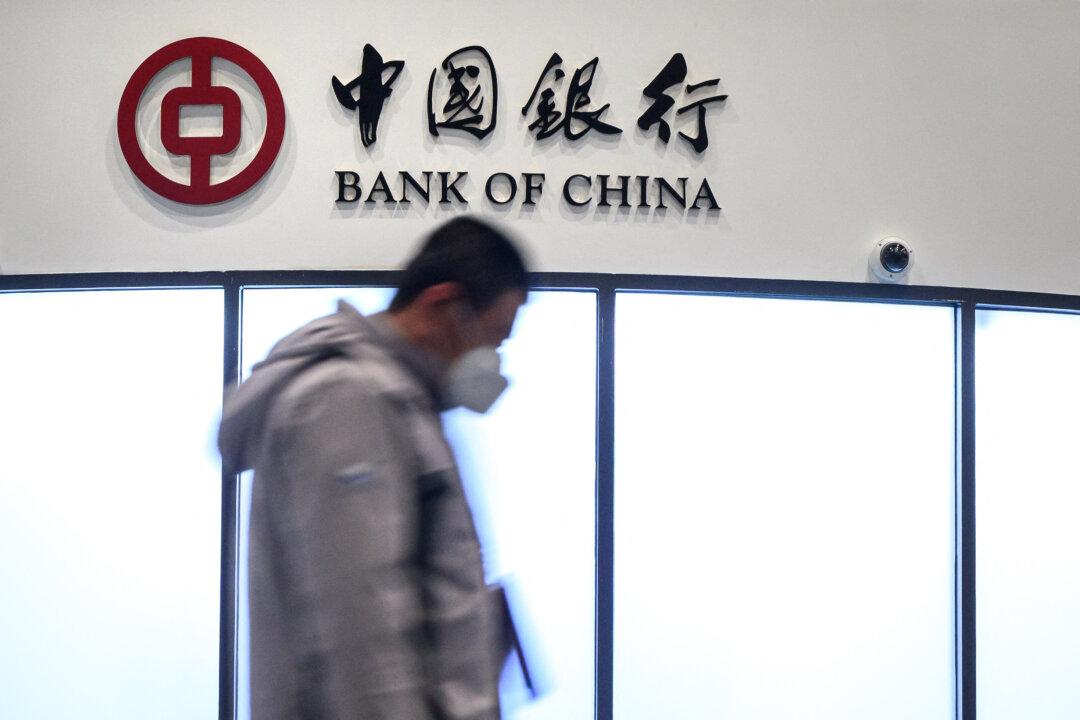As Beijing faces its second stock market rout in six months, with the Shanghai Composite Index down 10 percent last week, it’s clear that fundamental flaws in China’s economy are becoming increasingly impossible to manage.
Beijing needs to resolve the country’s mounting debt problem, which is tied to its inefficient public sector. Yet it needs to keep up economic and jobs growth, so it cannot simply dismantle its state-owned enterprises. In recent months, it also had to defend its currency in the face of mounting capital outflows.
Thus far, China has seemingly pulled a rabbit out of its hat each year, defying analyst expectations of a hard landing by applying incremental stimulus. That only helps inefficient large state-owned enterprises (SOEs), delaying turmoil in the short term at the expense of future economic collapse and gradual loss of credibility.
But this strategy is quickly proving untenable as, increasingly, market forces exert an undeniable impact on the Chinese economy in ways the Chinese Communist Party cannot control.
FX in Play
Last week’s selloff in Chinese equities came after Beijing finally guided its currency lower—but its timing couldn’t have been worse.
Over the past few months, authorities had to demonstrate a stable yuan for inclusion as a reserve currency by the International Monetary Fund, burning through more than $108 billion of China’s reserves to defend its value in the face of capital outflow pressures against the yuan.





